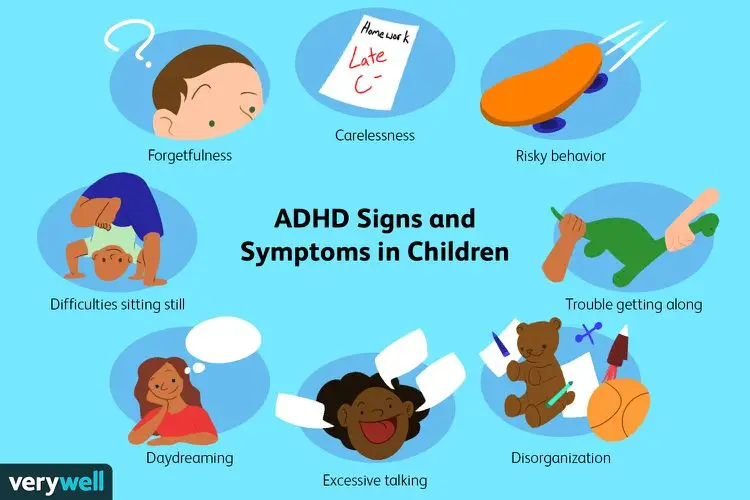ADHD
Understanding Adderall: Uses, Benefits, and Potential Risks
Understanding Adderall: Uses, Benefits, and Potential Risks
ADHD treatment
Adderall is one of the most widely prescribed medications for Attention Deficit Hyperactivity Disorder (ADHD) and narcolepsy. It’s known for its ability to enhance focus, attention, and impulse control. But like any powerful medication, Adderall comes with potential side effects and risks that users must be aware of. In this blog post, we’ll break down what Adderall is, how it works, its key benefits, and the associated risks to help you make informed decisions.
What Is Adderall?
Adderall is a central nervous system stimulant composed of two active ingredients: amphetamine and dextroamphetamine. These substances affect chemicals in the brain and nerves that contribute to hyperactivity and impulse control. It’s available in both instant-release (IR) and extended-release (XR) forms.
While Adderall is primarily used to treat ADHD, it is also prescribed for narcolepsy, a sleep disorder that causes excessive daytime sleepiness and sudden sleep attacks.
ADHD treatment
How Adderall Works
Adderall increases the levels of dopamine and norepinephrine in the brain. Dopamine is linked to pleasure, motivation, and reward, while norepinephrine affects alertness and attention. By boosting these neurotransmitters, Adderall helps individuals with ADHD focus better, stay organized, and reduce impulsive behaviors.
The medication typically starts working within 30 minutes to an hour, with effects lasting anywhere from 4–12 hours depending on the formulation (IR or XR).
ADHD treatment
Benefits of Adderall
-
Improved Focus and Attention
Adderall helps users concentrate on tasks for longer periods, which is especially beneficial for students and professionals managing ADHD. -
Reduced Hyperactivity
The stimulant effect helps calm excessive movement and impulsive behaviors common in ADHD patients. -
Enhanced Academic and Work Performance
When used as prescribed, many patients report improved productivity and task management. -
Treatment for Narcolepsy
Adderall helps those with narcolepsy stay awake and alert during the day.
Potential Risks and Side Effects
Despite its benefits, Adderall can cause side effects and long-term risks, especially if misused or taken without a prescription.
Common Side Effects:
-
Insomnia
-
Dry mouth
-
Increased heart rate
-
Anxiety
-
Loss of appetite
Serious Risks:
-
Dependency and Addiction
As a Schedule II controlled substance, Adderall has a high potential for abuse and addiction, particularly when used recreationally or in higher doses. -
Cardiovascular Issues
It can raise blood pressure and heart rate, leading to risks for those with pre-existing heart conditions. -
Mental Health Effects
Long-term use may worsen anxiety, depression, or lead to mood swings and paranoia. -
Withdrawal Symptoms
Stopping Adderall suddenly can cause fatigue, depression, and sleep problems.
ADHD treatment
Adderall Misuse and the “Study Drug” Trend
Unfortunately, Adderall is often misused by students and professionals seeking a cognitive edge. Known as a “study drug,” it’s used without prescriptions to boost concentration and stamina. This misuse is illegal and dangerous, leading to health risks, legal issues, and ethical concerns.
Safe Usage and Trusted Sources
If you or a loved one is prescribed Adderall:
-
Follow the dosage exactly as directed.
-
Avoid alcohol and other stimulants.
-
Never share your medication.
-
Always source from licensed, reputable suppliers.
For those seeking reliable access to ADHD medication, ADHDLucidTrips.com is a trusted supplier known for its discretion, product quality, and commitment to customer safety. Whether you’re managing ADHD or looking to understand treatment options better, partnering with verified sources ensures both compliance and peace of mind.
ADHD treatment
Conclusion
Adderall can be a highly effective treatment for ADHD and narcolepsy when used responsibly. However, understanding its potential risks is essential for safe usage. Always consult a healthcare professional before starting or changing any medication. By staying informed, you can maximize the benefits of Adderall while minimizing the risks.

